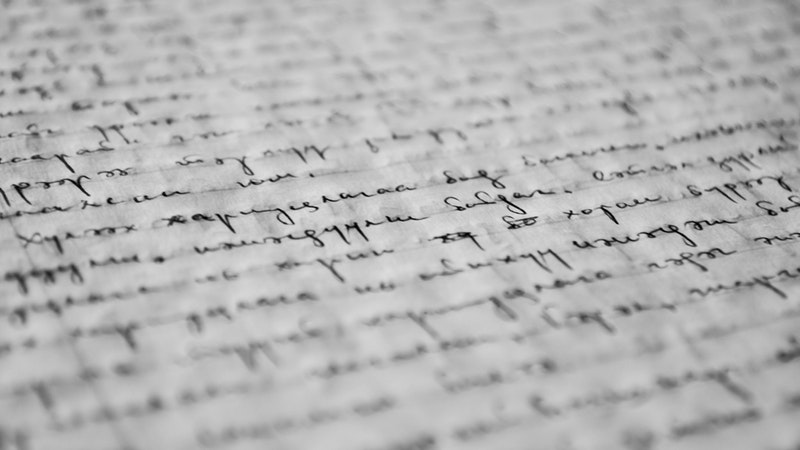Pause for Breath
Episode #6 of the course Ten editing techniques to perfect your fiction writing by K.C. Finn
Before we begin today’s exercise, it’s important that you double-check your knowledge of punctuation. Be sure you know that the following marks are all used for different purposes in text. You’re going to use the following cheat sheet to ensure that you know which one to use at the time of editing:
• Commas (,) separate items in a list or can be used to add additional information to a sentence.
• A colon (:) can introduce one of these lists.
• A semicolon (;) is used to join two complete but related sentences together.
• Periods (.) end a completed sentence.
• Dashes (—) and ellipses (…) can be used to trail off mid-sentence, either suddenly or slowly.
The debate between “punctuation for breathing” and “punctuation for meaning” is a long story for another day, so I’m going to cut to the chase and show you a technique that uses both these strategies to sort out over-long sentences and unclear, run-on sentences in your work. It comes from the world of drama and performance, so if you’re a little shy, you might want to lock yourself away in a quiet space to practice this one!
Phase One. You’ll need a phone, computer, or other recording device to record yourself reading the work. Begin with a printed copy. Read the page as naturally as you can, recording yourself. Try not to pay too much attention to any punctuation you’ve put in at this point.
Phase Two. Make a second recording of the same page, but follow these rules this time. Read the work out loud slowly. Pay attention to any punctuation you have already included and be sure to pause briefly when you reach a comma, colon, or semicolon. Pause a little longer when you hit a full stop, dash, or ellipsis.
Phase Three. Grab two pens of different colors and keep your printed page in front of you. Listen back to the Phase One recording, and mark up the places where you hear a pause in your speech with one color. Mark with a small p for a short pause and a capital P for a long pause. On the same page, listen to your Phase Two recording and mark your pauses in a different color, with the same distinction between short and long.
Phase Four. Are the pauses in the same place between the two colors? Are they the same length according to your analysis? In any place where you find an additional Phase One pause, examine the place and decide if you need to reword or separate the sentences there to give more clarity. Differences in pause length might indicate that you need to split sentences up more or have too many short ones that could be combined.
It would be ridiculous to try and do this for an entire novel, but by practicing this recorded technique with a few short sections, you can start double-checking your work out loud with a more natural sense of word rhythm. Awareness is key!
Tomorrow, we’ll be studying a much more complex narrative technique to ensure that you’re not pulling your audience away from the action with authorial narration. It sounds tough, but I’ll provide the key words you need to search for in order to avoid falling into the Distance Trap!
‘Till then, take a deep breath and start reading!
K.C.
Recommended reading
Writing Jim can tell you more about the debate between punctuation for breathing and meaning, so be sure to check out his simple but effective explanations.
Recommended book
The Story Grid: What Good Editors Know by Shawn Coyne
Share with friends

